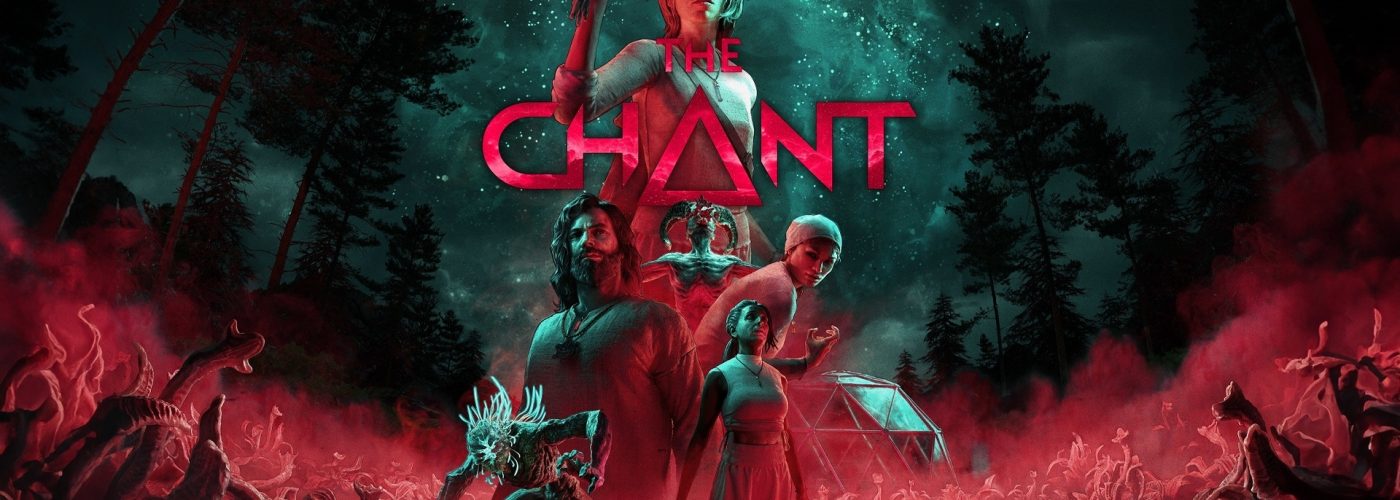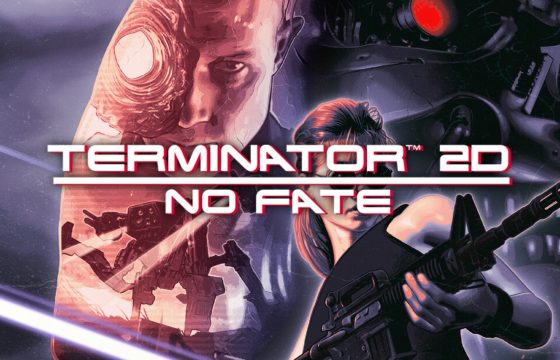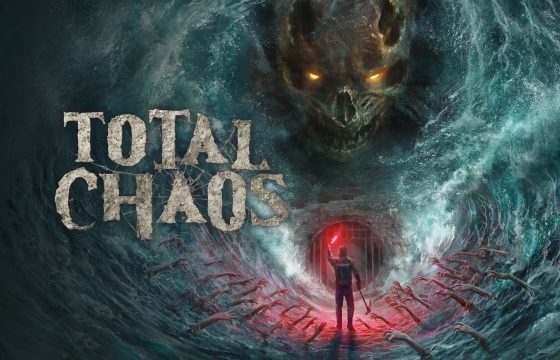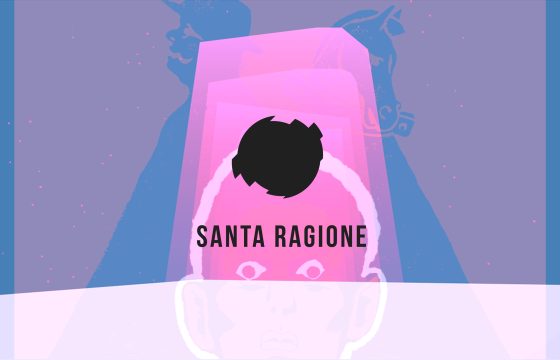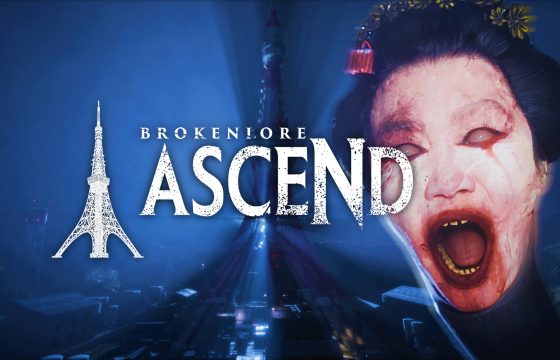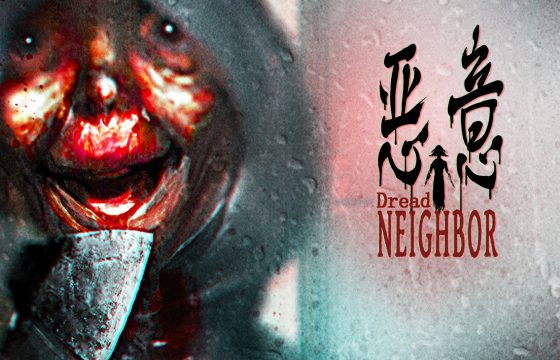Through cults, visions, and nightmares: when the remedy becomes the curse.
The Chant is a third-person survival horror released in 2022 on PC and current-generation consoles. From the first moment, it declares its intent: not a sprawling amusement park of overlapping mechanics, but a focused, deliberate experience where atmosphere, vulnerability, and stress management form the core.
Set on a holistic retreat on a remote Pacific Northwest island, the game flips the classic “haunted location” trope: it is not a gothic mansion, but a place of healing – where the very pursuit of wellness becomes the conduit for nightmare. This inversion colors every aspect of the experience.
The premise is simple yet compelling: during a collective “chant” ritual, a spiritual experiment goes awry, opening the Gloom – a psychedelic dimension that reacts to emotion, refracting it into tangible, often terrifying phenomena. From that moment, color and sound become gameplay tools: the landscape shifts, prismatic creatures materialize as manifestations of fear, and the protagonist, Jess, must survive by balancing three core resources: Mind, Body, Spirit. This triad guides progression, shapes abilities and risks, and ultimately determines the moral tone and type of ending.
The world unfolds through gradually opening areas, unlocked shortcuts, and carefully designed backtracking, allowing players to revisit locations with new tools and insights. The richness lies in environmental density, documents that layer the 1970s cult’s history, and subtle micro-puzzles that reward observation over virtuosity. The pacing alternates between tense exploration, essential combat, and quiet moments to reassess resources and strategy.
A first playthrough lasts approximately 6-8 hours, with replayability anchored to its three endings. Mechanically, it embraces survival principles: collect, choose, risk. Weapons are improvised, stamina is limited, and the mind can break under stress; consumables (herbs, infusions, ritual objects) act as pendulums, balancing immediate survival against future challenges.
The action may not be spectacular in the conventional sense, but it is tense and consequential, as every choice matters. Light stealth and spiritual abilities – repulsions, protective auras, bursts of concentration – offer tactical alternatives without turning Jess into a superhero; her strength is discernment and planning.
The aesthetic is psychedelic, ’70s-inspired, with acidic colors and prismatic geometries. It is not mere decoration; it is language. When the Gloom infiltrates reality, the island – of damp wood, rusted metal, and jagged rock – is overlaid with a luminous, unsettling beauty.
Within the modern horror landscape, The Chant confidently occupies the AA space: focused budget, targeted ambition, and tightly aligned systems. It succeeds because it does not pretend to be something it is not: it acknowledges its limits (essential combat, occasionally stiff animations) while excelling in artistic coherence, world-building, and sound design that amplifies the atmosphere.
The relationship with the player is equally deliberate: The Chant does not pander. It demands patience, attentiveness, and immersion. In return, it offers an island that speaks, breathes, and literally changes its face as the Gloom intensifies. Best experienced with headphones and low lighting, it lets sound and color replace conventional jump scares.
For those who value focused survival mechanics, cohesive worlds, and the fusion of psychological horror with esoteric undertones, The Chant is a masterclass in deliberate, immersive tension.


Identity, Creativity, and Innovation: Inside Brass Token and Prime Matter
At the heart of The Chant lies Brass Token, an independent Canadian studio based in Vancouver. Founded in 2017 by a small core of industry veterans, the studio set out to create compact, narrative-driven experiences that stand apart from the sprawling productions of larger developers.
The studio’s most recognizable figure is Mike Skupa, creative director and co-founder. Skupa is no ordinary name: prior to founding Brass Token, he worked at Rockstar Vancouver, serving as lead designer on the acclaimed Bully (2006) and contributing to other high-profile projects.
Alongside Skupa, the team comprises professionals from diverse disciplines: 3D artists, designers, and especially audio engineers, since from the outset, the studio declared that sound would be a core pillar of The Chant’s identity. The musical direction, entrusted to Paul Ruskay, underscores the team’s aim to imprint a distinctive vision not just visually, but also sonically.
Despite being a relatively small team, Brass Token has built a network of local and international collaborations, maintaining a production quality competitive with AA studios.
On the publishing side, The Chant was released by Prime Matter, an internal label of PLAION (formerly Koch Media), founded in 2021 to support mid-tier titles with a strong artistic identity. Prime Matter functions as an incubator for experiences designed to captivate niche audiences through distinctive aesthetics and clear design vision.
In this sense, The Chant is a case study: a project that might have struggled under a mainstream label, yet found a perfect partner in Prime Matter. This synergy is evident first in the game’s marketing: trailers and promotional materials emphasize psychedelic ’70s imagery, prismatic colors, and a twisted new-age cult atmosphere. This strategy highlights the game’s defining features: psychological horror, isolated setting, and a survival loop focused on resource management. Such clarity of positioning is a standout achievement of the publishing approach.
Secondly, Prime Matter’s support ensured a simultaneous release on PC and next-generation consoles, avoiding the fragmentation common in indie launches. Although Brass Token is a small studio, the launch was polished enough to sidestep technical issues that often hinder critical reception. Prime Matter also curated special editions, including a “Limited Physical Edition” with an artbook and additional aesthetic content, aimed at collectors and reinforcing the game’s visual identity.
In today’s gaming landscape, where indie studios risk remaining invisible and AAA developers chase global trends with massive budgets, The Chant and Brass Token represent a third way: a bet on mid-scale production, artistic personality, and coherent yet restrained management. It is a risky position, requiring an audience willing to value atmosphere over volume, but it allows the team to tell less conventional stories.
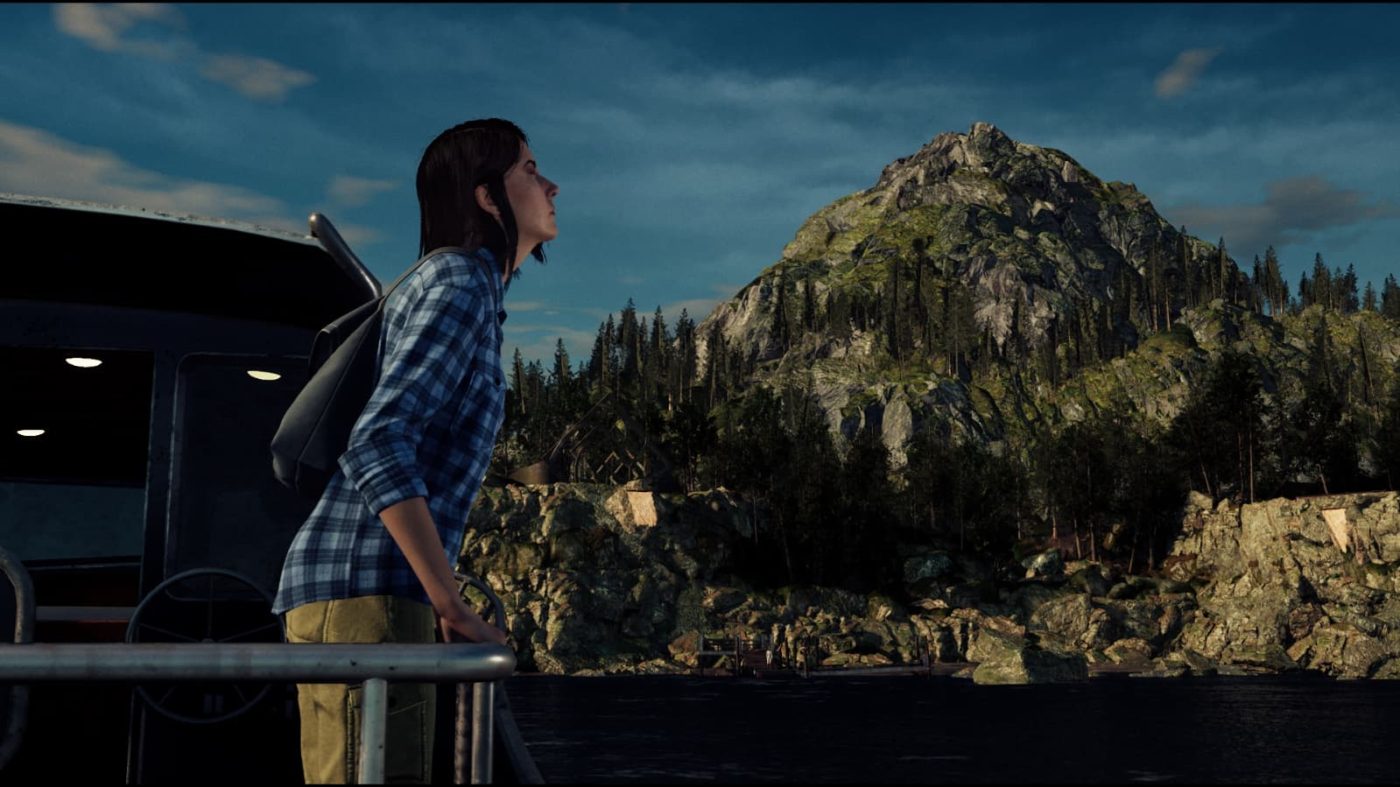
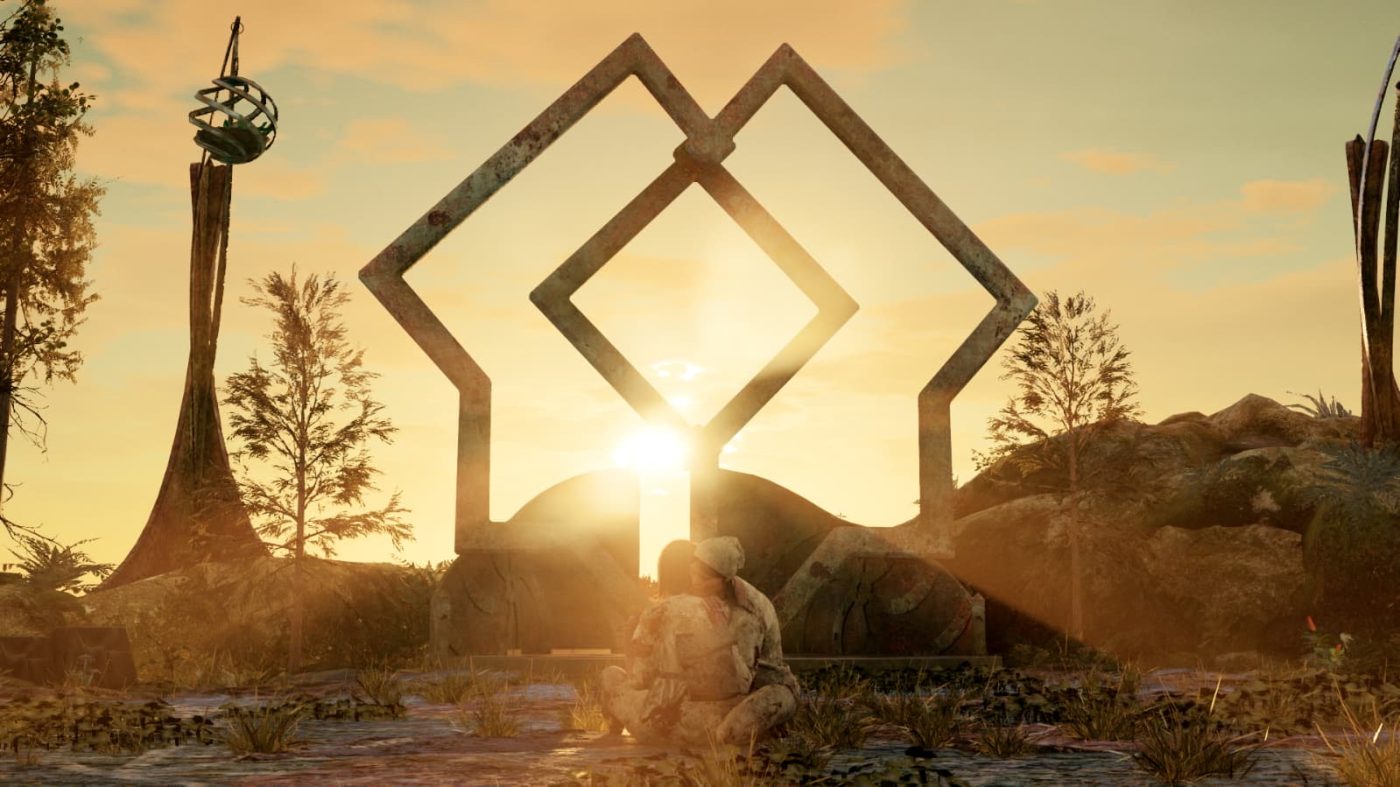
A Gripping and Inspired Narrative
The story of The Chant begins with an incipit that hints more than it reveals, leaving players to piece together a past marked by personal trauma and misunderstandings. The protagonist, Jess Briars, carries a baggage of unresolved pain: the loss of her sister, a family scarred by toxic dynamics, and a lingering sense of guilt.
The game does not immediately provide all the details. Instead, it scatters clues that reveal a fragile psychological profile, teetering on the edge of collapse. From this point of fracture, Jess embarks on a journey: she accepts the invitation of her friend Kim to attend a spiritual retreat on a remote island, hoping to break the cycle of suffering and regain balance.
The retreat is organized by the Prismic Science Spiritual Retreat, a new-age cult combining meditative practices, ritual chanting, and pseudoscientific language based on prismatic energy. Participants are few: besides Jess and Kim, five others join, each with a troubled past and a distinct personality.
At the center is Tyler, a charismatic leader embodying the archetype of the modern guru: eloquent, manipulative, and convinced he is the mediator between the participants and a higher plane of awareness. He leads the rituals, issues instructions, and instills in the group the belief that the collective “chant” is the key to overcoming trauma and fear.
The turning point comes swiftly. During a ritual chant, the group enters a state of collective trance. But the energy spirals out of control: instead of healing, it opens a gateway to the Gloom, an alternate dimension that amplifies negative emotions. Fears, traumas, and guilt take tangible form, becoming hostile creatures and environmental distortions that infest the island.
The fracture among participants is immediate: what was meant to be a cohesive experience transforms into a nightmare of suspicion, panic, and death.
From this moment, the story alternates between survival and discovery. Jess must explore the island, gather resources, and find a way to seal the gateway. Along the way, she confronts monstrous entities that are not only alien but also manifestations of the characters’ inner fragilities. Horror is never purely external: it reflects the inner darkness the Gloom magnifies and makes tangible.
Conflicts within the group intensify. Kim, the friend who brought Jess to the retreat, soon becomes manipulated by the cult, unable to distinguish reality from the Gloom-induced illusion. Tyler persists in preaching the necessity of completing the ritual, convinced the accident is part of the “transcendence” process. Other characters fluctuate between desperation and madness, with some inevitably falling victim to their own obsessions.
In this context, Jess becomes the only figure capable of maintaining clarity, but at the cost of continually confronting her own traumas. Every area of the island is tied to an emotional theme and a fragment of Jess’s past: from childhood marked by her sister’s loss, to guilt over abandonment, to the constant fear of inadequacy.
Exploration is never aimless: every document, every cult artifact, adds pieces to a larger story linking the present retreat to previous attempts to open the Gloom in the 1970s.
The narrative climax comes when Jess uncovers that the ritual has been attempted before, by a similar group whose members died or were consumed by the Gloom. The parallels between past and present become clear, revealing that Jess’s experience is part of a cycle, not a unique event.
At this point, the player must make decisions that affect the final outcome: accept or reject the spiritual dimension, prioritize Mind, Body, or Spirit. The choices made will determine the ultimate fate of the protagonist.
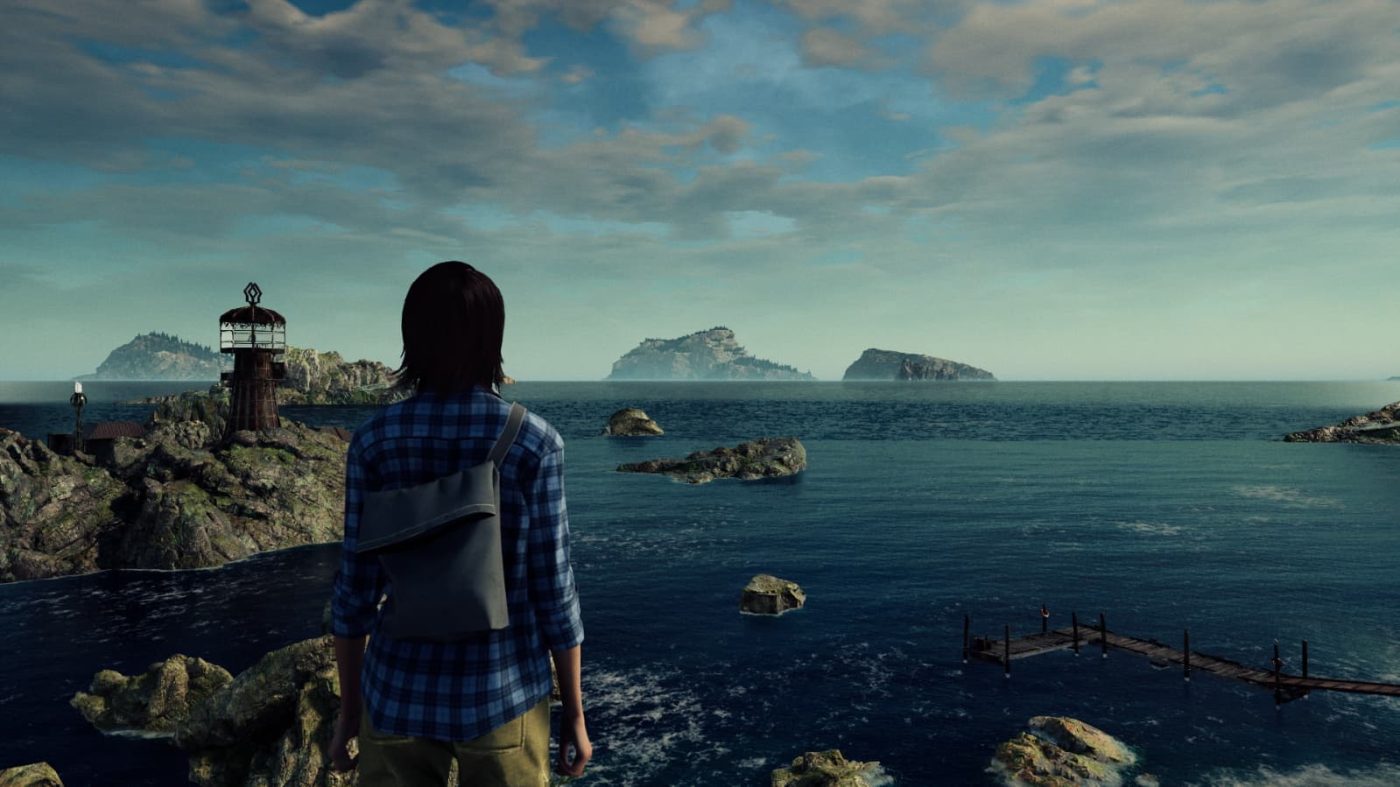
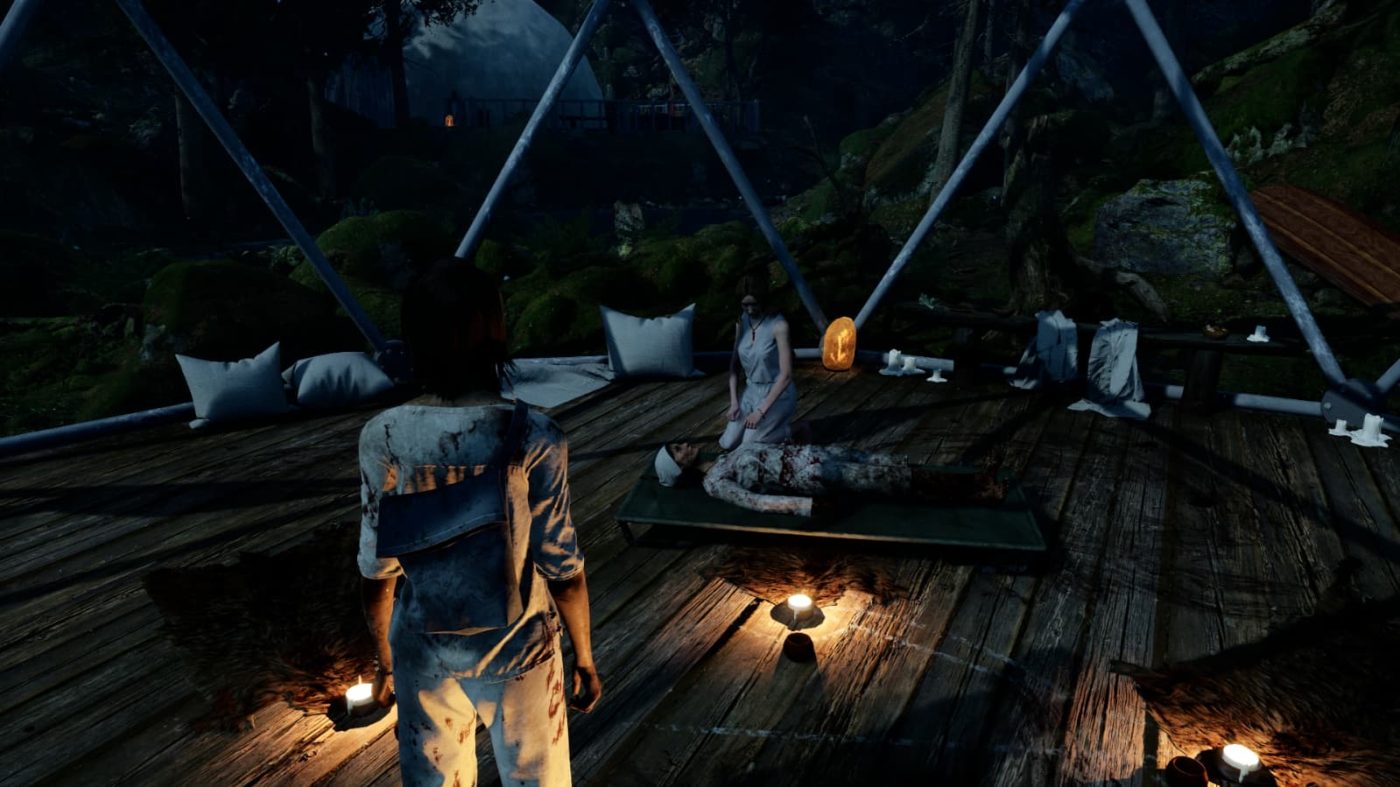
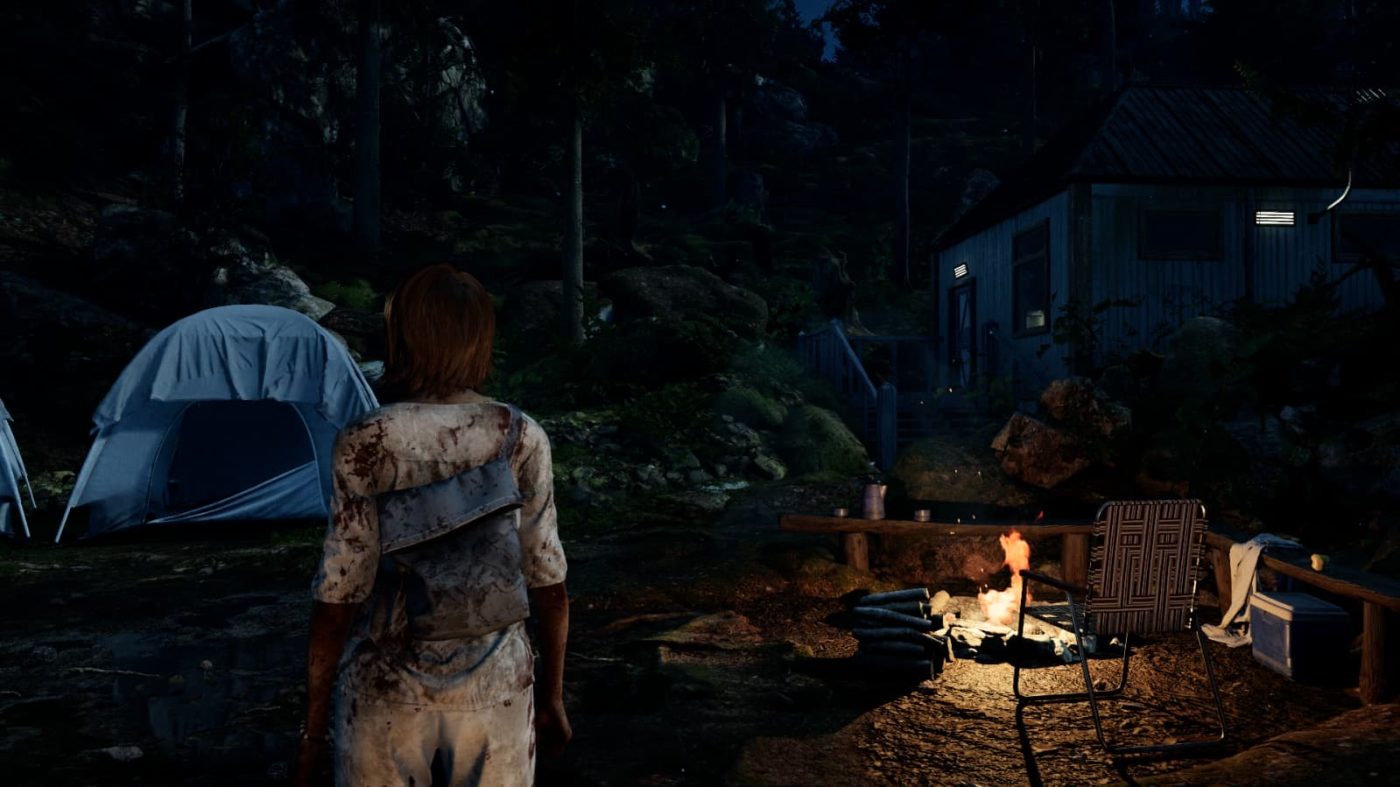
Intricate and Immersive Themes
One of the most compelling aspects of The Chant is its layered narrative, which goes beyond a conventional horror story, using setting and characters to explore deep themes related to the psyche, trauma, and the human need for belonging. The writing adopts an allegorical and symbolic tone, where every event and every monster reflects an inner conflict.
The story revolves around two axes: Jess’s personal journey, shaped by her painful past and quest for healing, and the collective dynamics of the new-age cult, which, beneath its spiritual veneer, conceals manipulation and control.
A central theme is unresolved trauma. Jess carries unprocessed grief, and the Gloom manifests that pain. Each encounter with monsters is not just a physical battle, but a confrontation with repressed emotions: fear, anger, guilt. The game shows that ignoring these feelings only fuels them, making them unmanageable. In this sense, The Chant sits firmly within the tradition of psychological horror, where the true enemy is not the external monster, but what it represents.
Another recurring theme is the fragility of community. The island retreat should be a space of shared growth, but the claustrophobic setting and the Gloom expose latent tensions. Each participant carries a need for healing, yet the cult offers no real solution: its promised spiritual shortcuts prove illusory. Through this dynamic, the game examines the dangers of sectarian thinking, where the search for meaning slips into fanaticism and self-annihilation. Tyler, the leader, embodies this risk: with his charisma, he convinces others that suffering is part of the path – even when it becomes self-destructive.
The narrative also operates on a metaphorical level. The island itself is a living organism, mirroring the mental state of its inhabitants. Psychedelic colors, visual distortions, and unnatural creatures are not mere aesthetic choices – they are symbols of inner chaos. Twisting vegetation that engulfs human artifacts reflects the struggle between nature and artifice, between subconscious and reason. The energy prisms worn as pendants or amulets serve as allegories of the desire to channel complex emotions into order, yet their failure shows that total control is impossible.
The duality of healing and self-destruction is equally significant. The retreat is meant to purify mind, body, and spirit, but the process proves toxic: the energy meant to heal becomes poison. The game suggests that any attempt to eliminate suffering entirely risks denying a core part of the human experience. In this sense, The Chant offers a philosophical reflection: pain is not to be erased, but confronted and integrated.
The narrative also explores the power of suggestion. Rituals, chants, and cult practices are not mere folklore – they reveal how the human mind can convince itself of alternate realities. When the Gloom manifests, it is unclear whether it is supernatural or the product of collective psychosis. This intentional narrative ambiguity keeps the player in constant uncertainty. Horror emerges not from certainty, but from the doubt whether the threat is real or self-imposed.
Another key narrative element is the cyclical nature of the story. Through documents scattered across the island, the player learns that similar rituals were attempted decades earlier by Tyler’s grandfather, with disastrous outcomes. This introduces the theme of trauma repetition: past mistakes resurface unless someone finds the courage to break the cycle. Jess becomes the focal point of a generational chain of failure, making her journey both personal and universal.
Finally, the multiple endings reflect the game’s thematic depth. Each conclusion is not just a narrative closure, but a philosophical statement: prioritizing the mind implies a cold rationality that leaves some pain unresolved; prioritizing the body ensures survival but lacks transcendence; prioritizing the spirit achieves overcoming at the risk of erasing individuality. The “complete” ending, which harmonizes mind, body, and spirit, represents the only true catharsis, yet it is also the most challenging to attain.
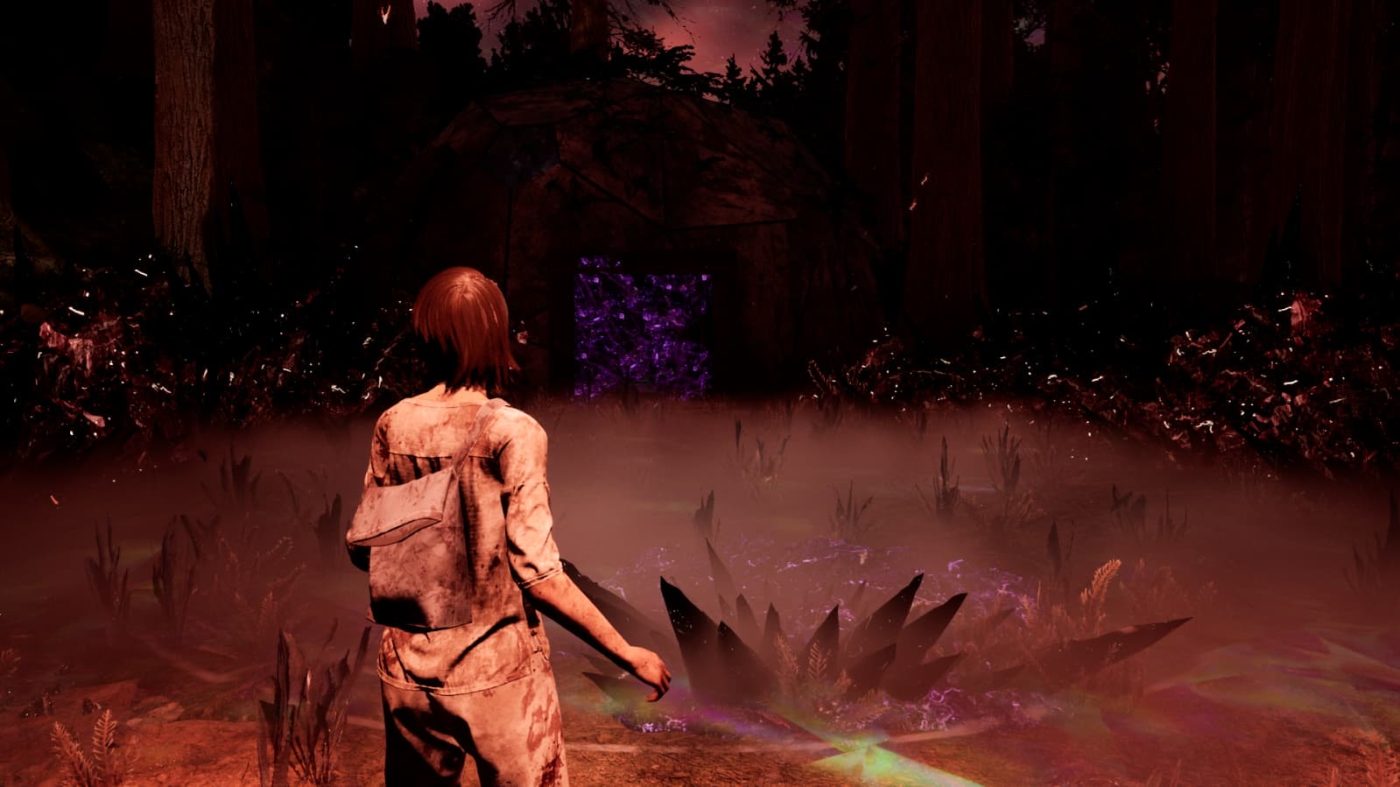
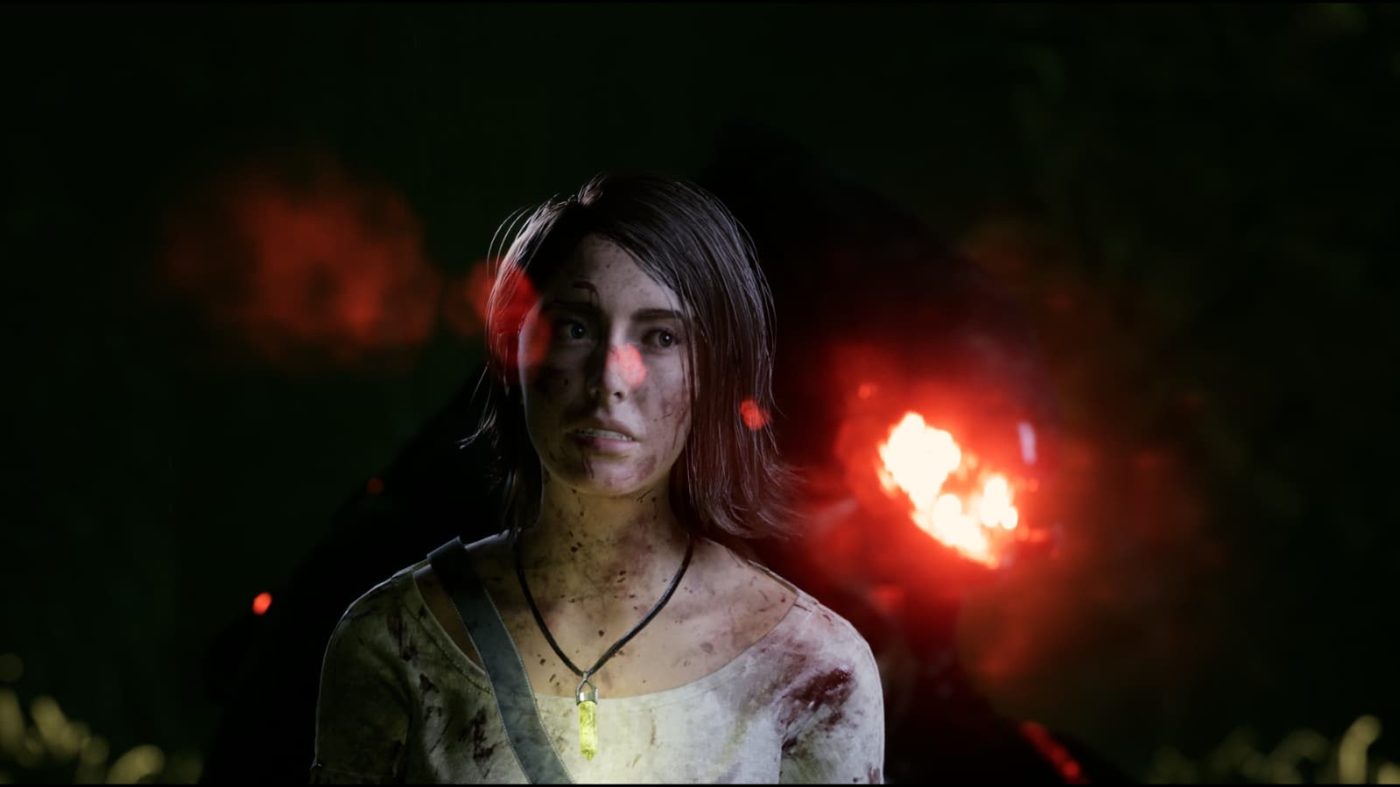
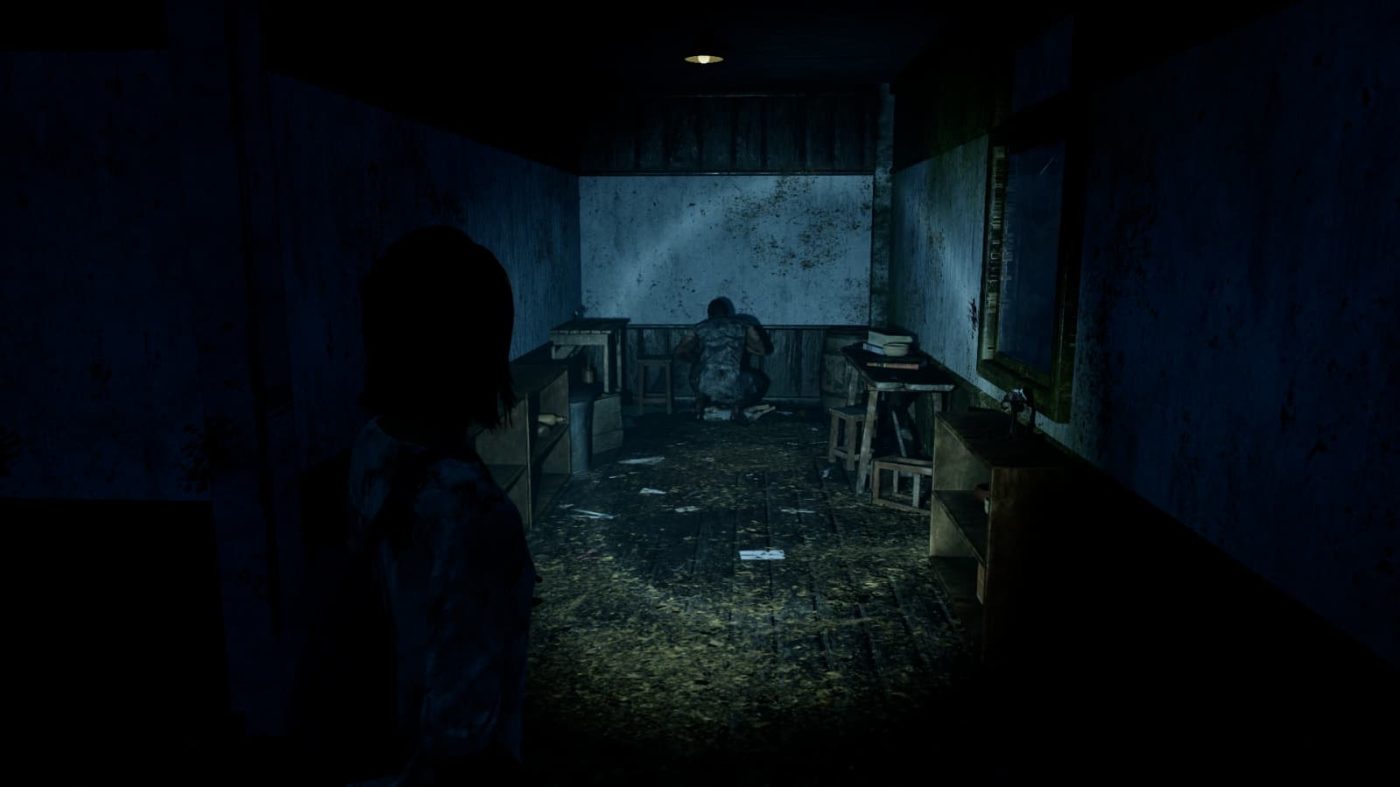
Exemplary Technical Execution
From a technical and artistic standpoint, The Chant firmly occupies the mid-tier AA space: it doesn’t have the budget or visual complexity of a triple-A blockbuster, but it far exceeds the typical standards of smaller indie titles. Brass Token chose Unreal Engine, a decision balancing production efficiency with the ability to craft striking, atmospheric environments with a lean team. Visually, the game doesn’t aim for photorealism: polygonal models are solid but not intricate, animations can feel stiff, and object physics are minimal. Yet, the art direction turns these limits into strengths. The Chant isn’t about showing off detail – it’s about building a cohesive, unsettling, psychedelic world.
The art design channels the ’70s aesthetic, the era when new-age cults flourished. Color choices scream this period: saturated palettes, prismatic lighting, and bold contrasts between warm and cool tones. When the Gloom floods the island, the world shifts dramatically – violets, acid greens, and electric blues overlay the natural scenery. This isn’t decoration; it’s narrative language, marking transitions between the ordinary and psychic realms, keeping players on constant edge.
The island itself strikes a balance between realism and surrealism. Beaches, forests, caves, and cult ruins feel authentic, yet under the influence of the Gloom, reality warps: plants twist unnaturally, structures dissolve into light, and geometry defies logic. This dynamic transformation showcases how Brass Token leverages Unreal Engine not to chase pure realism, but to reshape perception.
Particle effects and visual flares further elevate the experience. During rituals, the screen fills with sparkling lights, prismatic glows, and flowing energy, creating an acidic, hallucinatory feel. Simple yet effective, these effects craft a stunning visual tension between the mundane and the extraordinary – mirroring the narrative clash of reality and the Gloom.
Character design is the game’s only minor weak spot. Secondary faces can appear static, and facial animations sometimes fail to convey the full emotional depth. Body movements in combat and exploration may feel wooden. Still, this is typical for AA productions, where matching high-end motion capture is impossible. Even so, the overall result is impressive.
On the performance side, The Chant runs smoothly on next-gen consoles, holding a steady 60 fps in most scenarios, with rare, non-intrusive dips.
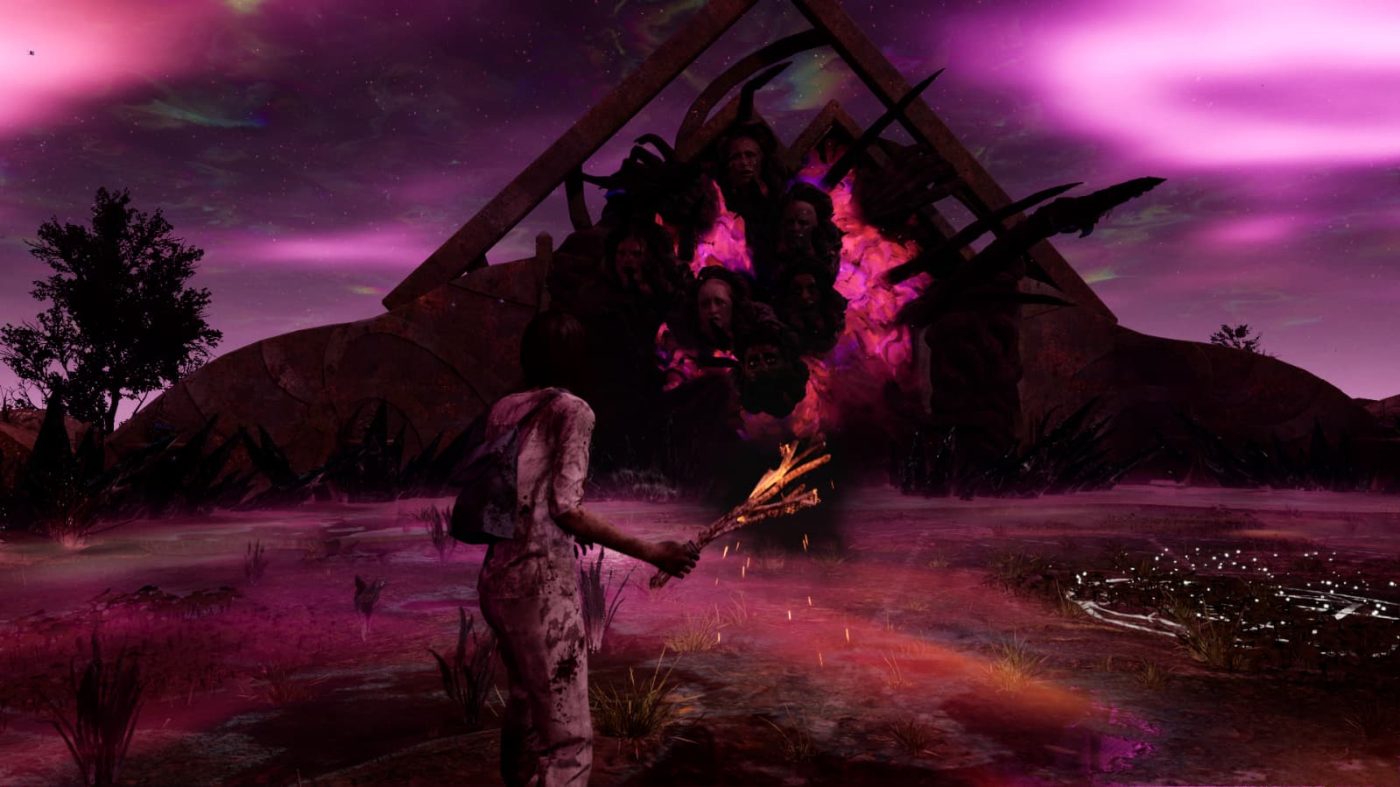
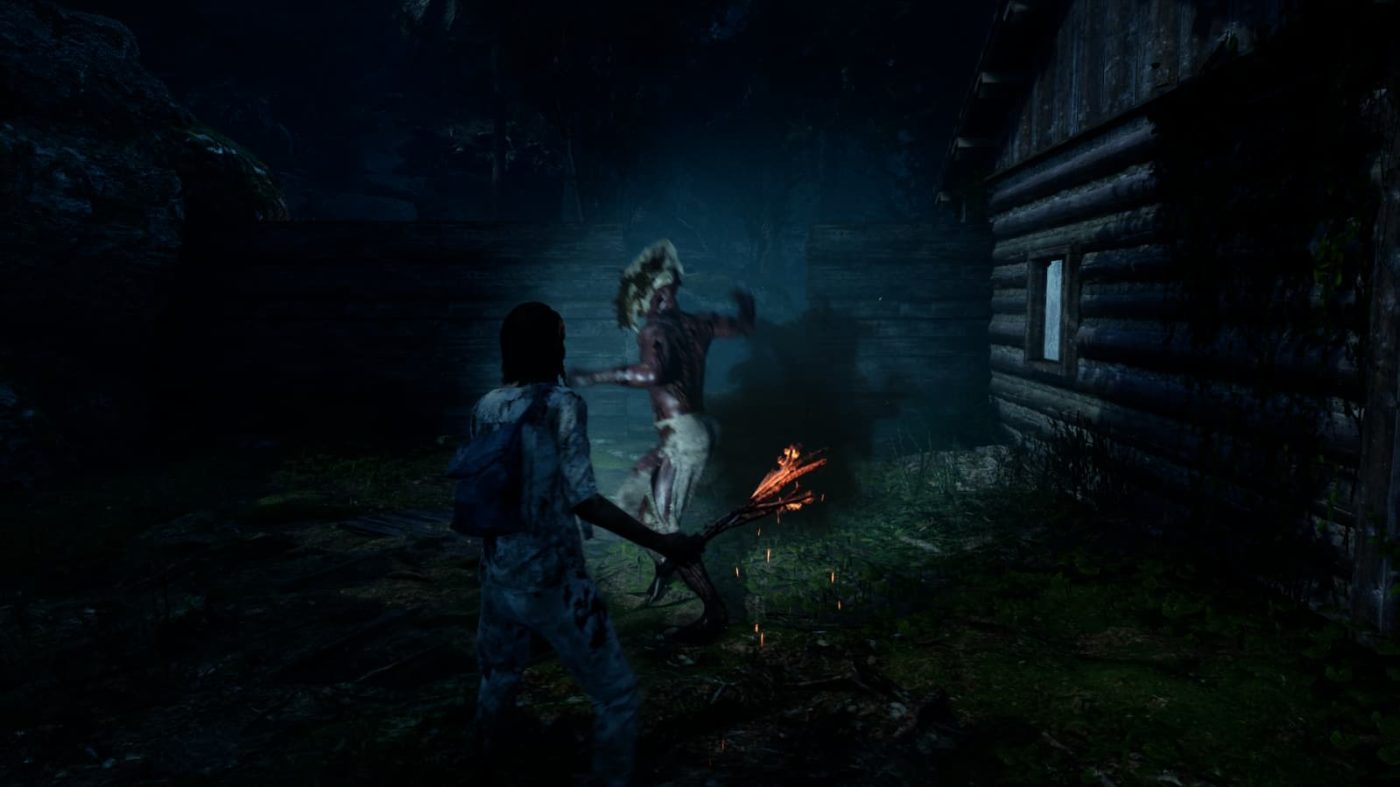

Sound Design: The Crown Jewel
In sound design, The Chant reaches one of its greatest strengths. From the outset, Brass Token made it clear that audio would be the heart of the experience, entrusting it to Paul Ruskay, a celebrated composer known for crafting suspended, immersive atmospheres that blend electronics and experimental sound – perfect for a psychological horror designed to evoke unease rather than shock.
The game’s soundtrack is a sonic journey, weaving analog synthesizers, atmospheric drones, ritual percussion, and ethereal vocals. Rather than driving the action with a fast-paced rhythm, the music immerses the player in a constant state of tension and disorientation. Here, sound is never just background; it is a narrative force, reflecting characters’ psychological states and amplifying the blur between reality and perception.
During free exploration, the score recedes into minimal, nearly imperceptible soundscapes, echoing the breath of nature. Entering a Gloom-infested area triggers a shift: synths distort, percussion becomes obsessive, and acidic reverbs evoke ’70s psychedelic experimentation. This transition is never abrupt; it unfolds layer by layer, creating the sensation that the island itself is alive, breathing, and reacting to the player.
The sound design goes far beyond music. Even the island’s environmental audio is meticulously crafted: animal calls, rustling leaves, crashing waves, and underground echoes are rendered with 3D spatial audio. This element is crucial in a game that aims to isolate the player, constantly reminding them that they are never truly safe. Off-screen sounds often prove more terrifying than what is visible – like a snapping branch, a distant whisper, or an echo without a visual source.
Equally impressive is the creature sound design, with a distinct auditory identity: choked moans, metallic hisses, digitally warped roars. Some sounds deliberately exploit inharmonic frequencies, generating physiological unease. Encounters thus become not only visual, but also physical experiences, as threats are often heard before they are seen, intensifying anticipatory anxiety.
Voice work is somewhat uneven. Performances convey uncertainty and vulnerability, but audio quality occasionally suffers from compression, especially during high-intensity moments, and secondary dialogue sometimes lacks the polish of main lines. Silence is another key tool: in certain sequences, the soundtrack disappears entirely, leaving only natural sounds – wind swelling, footsteps echoing down empty corridors. These moments heighten tension, and when sound returns, the impact is even more destabilizing.
Finally, the synergy between sound design and art direction is remarkable. Psychedelic colors, visual distortions, and the unnatural forms of the Gloom are paired with equally warped, uncanny sounds, making The Chant a fully synesthetic experience: what the player hears and sees merges into a single, immersive, and deeply unsettling sensory world.
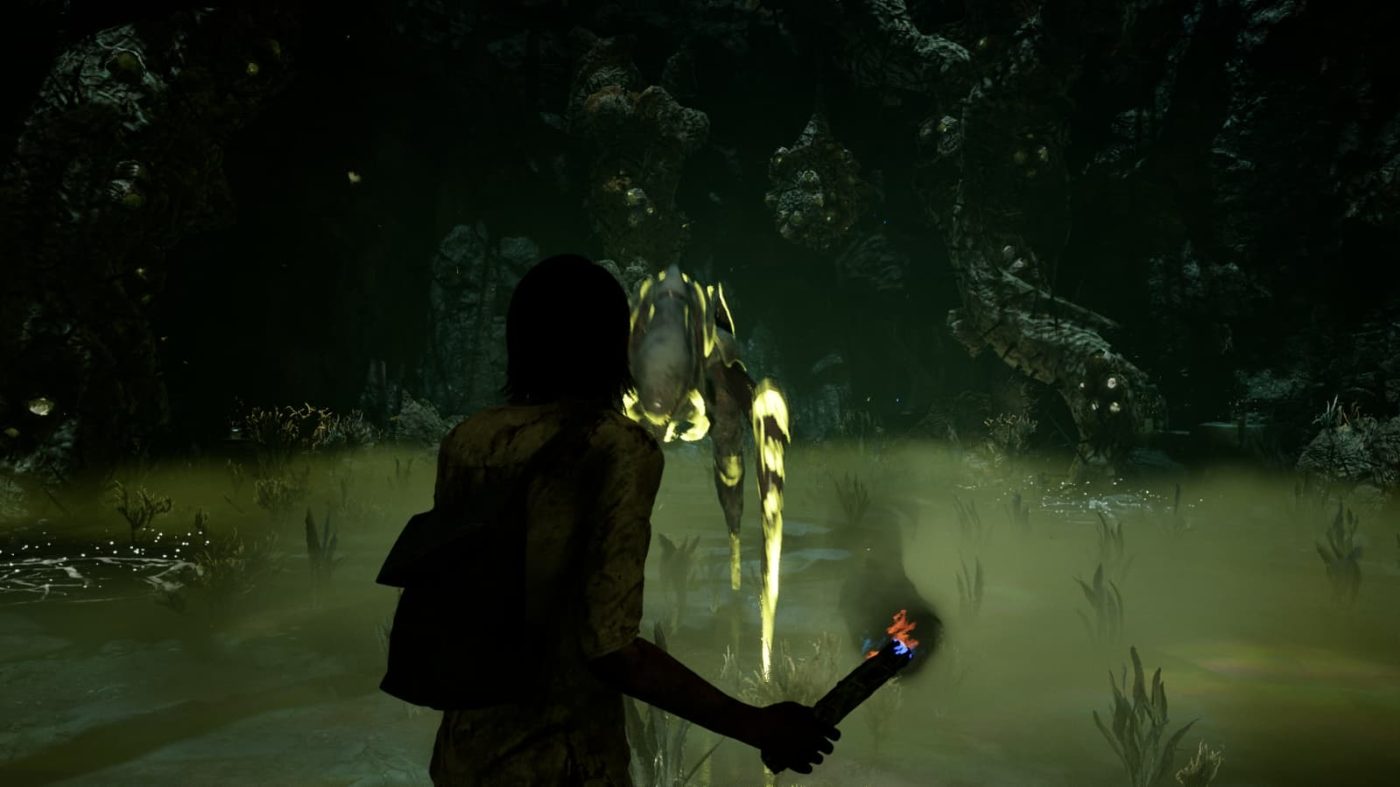
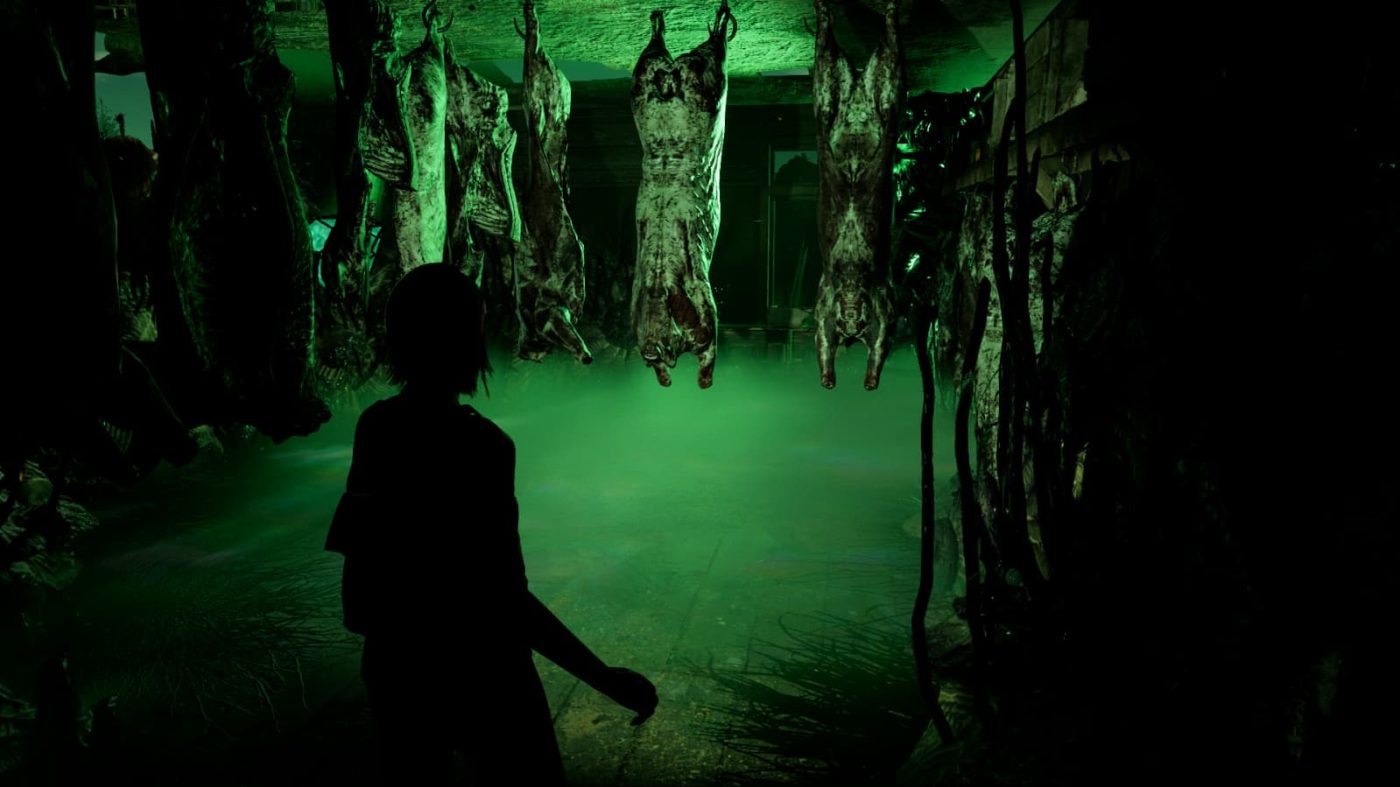

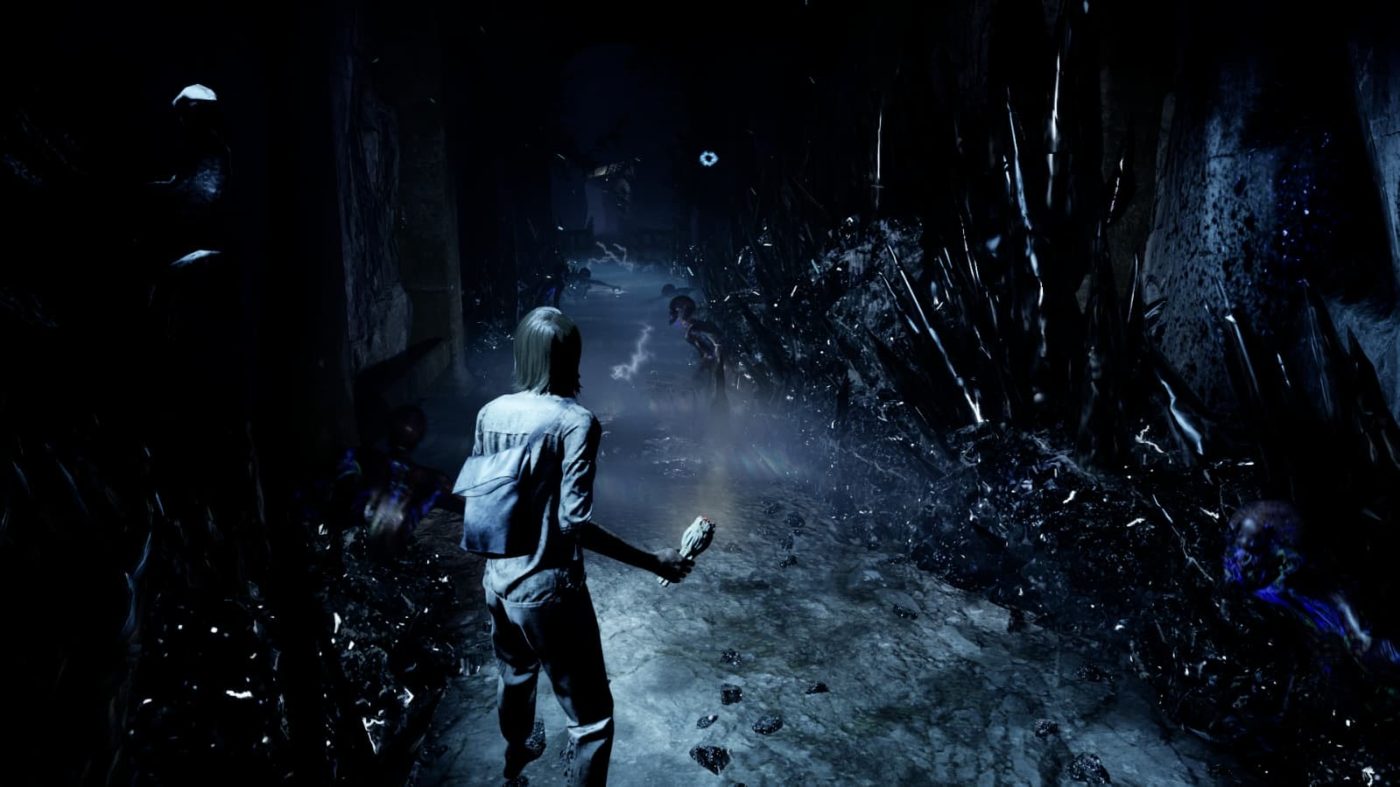
Worlds That Play Themselves
One of the most compelling aspects of The Chant is the seamless integration of world building and gameplay, where the environment is not merely a visual backdrop but an active component of the mechanics and narrative. The island itself behaves like a living organism, with areas that shift in response to events, player choices, and the encroachment of the Gloom, making the world dynamic and reactive.
Initially, the island presents itself as a natural sanctuary, with sandy beaches, dense forests, and abandoned cult structures. Yet, as Jess explores and the Gloom manifests, perception warps: familiar paths contort, vegetation twists unnaturally, and architectural geometry becomes unstable. No area is ever truly safe, and the world transforms into a character – hostile, mutable, and expressive through visual cues, lighting, and sound.
Gameplay blends survival horror, exploration, puzzle-solving, and combat. Resource management is critical: limited ammunition, scarce healing items, and carefully placed key objects force strategic thinking, careful observation, and route memorization, heightening tension and immersion. This is anxiety-driven horror, not reliant on jump scares; every sound, shadow, or environmental shift carries potential significance.
Puzzles are intimately tied to the world and narrative. Players must interpret symbols, connect past and present events, and use ritual objects appropriately. Complexity varies: some are straightforward, while others demand keen observation and deductive reasoning, often synthesizing clues from journals, recordings, or letters dispersed across the island.
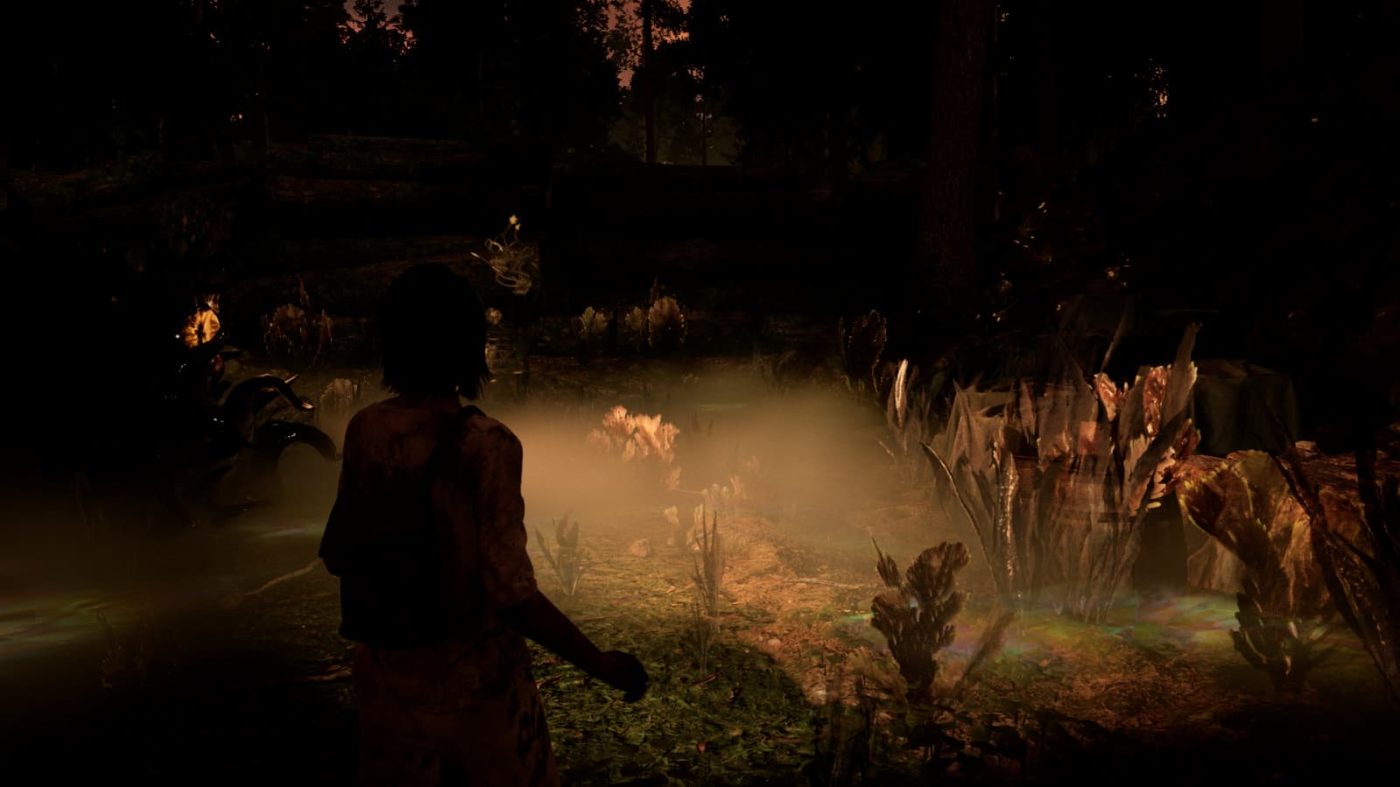
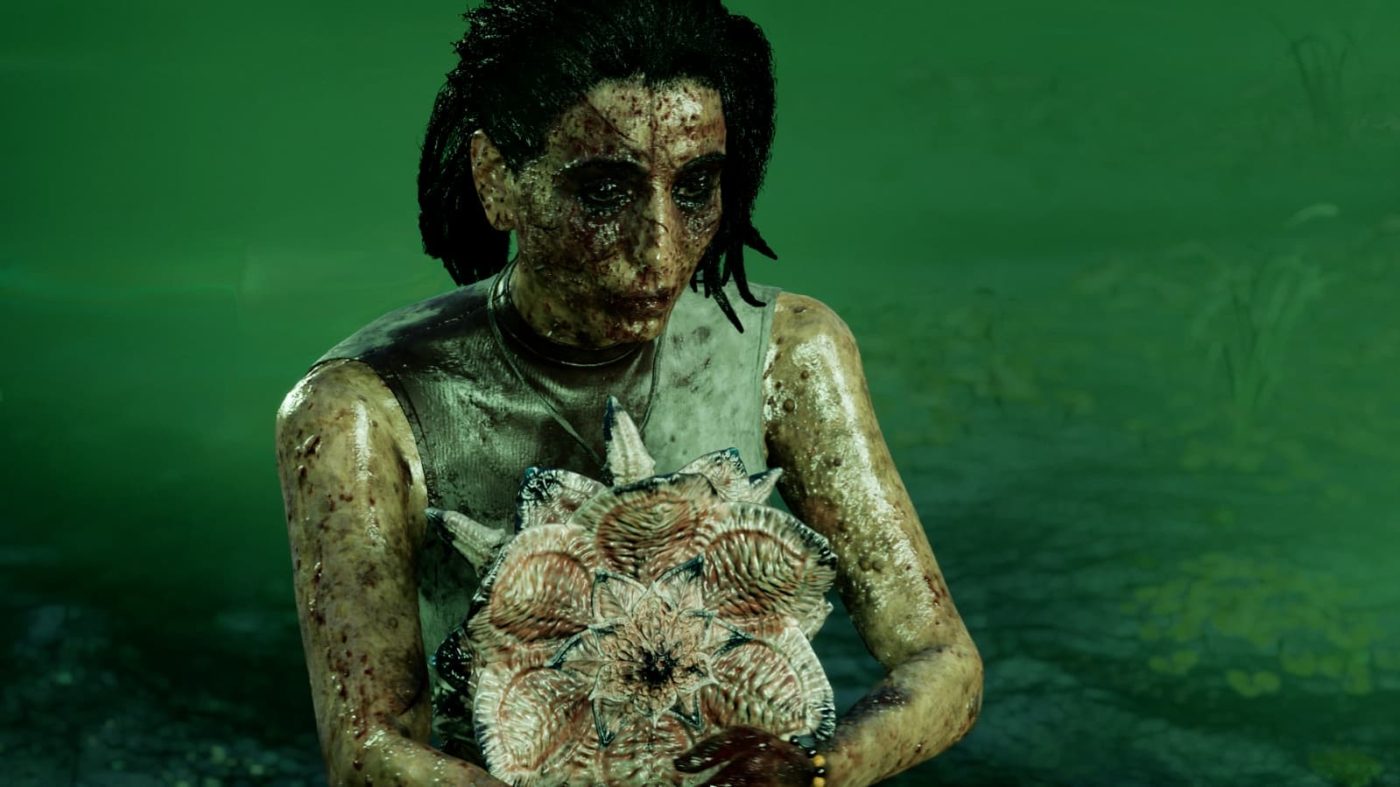
A defining gameplay element is Jess’s spiritual powers. She gains abilities tied to the Gloom – sensing invisible presences, manipulating energy, or activating ritual devices. These powers are narratively meaningful, reflecting the tension between mind, body, and spirit, and offering multiple approaches to challenges. Strategic use is vital, as overreliance can have negative consequences, underscoring responsibility when interacting with forces beyond comprehension.
Combat is tactical yet accessible. Enemies cannot always be confronted head-on; most encounters require cover, targeted strikes, and environmental use. Each engagement is risky and tense, forcing players to prioritize survival and evaluate every action.
The game features a semi-open world: the island is freely navigable in connected zones, though some areas remain locked until Jess acquires specific abilities or items. This design balances exploration freedom with narrative guidance, preventing player disorientation and preserving suspense. Multiple paths and endings, influenced by choices and ability use, reinforce the idea that every action impacts the world meaningfully.
World building is rich with symbolism: every object, structure, or mark holds significance, whether revealing story threads, forming part of a puzzle, or indicating the presence of the Gloom. Pacing and tension are expertly managed, alternating exploration, puzzles, and encounters to maintain suspense without monotony. Even moments of apparent calm serve a narrative purpose: silence and contemplation of unsettling spaces prime the player for forthcoming events, creating a continuous cycle of anxiety and relief that heightens immersion.
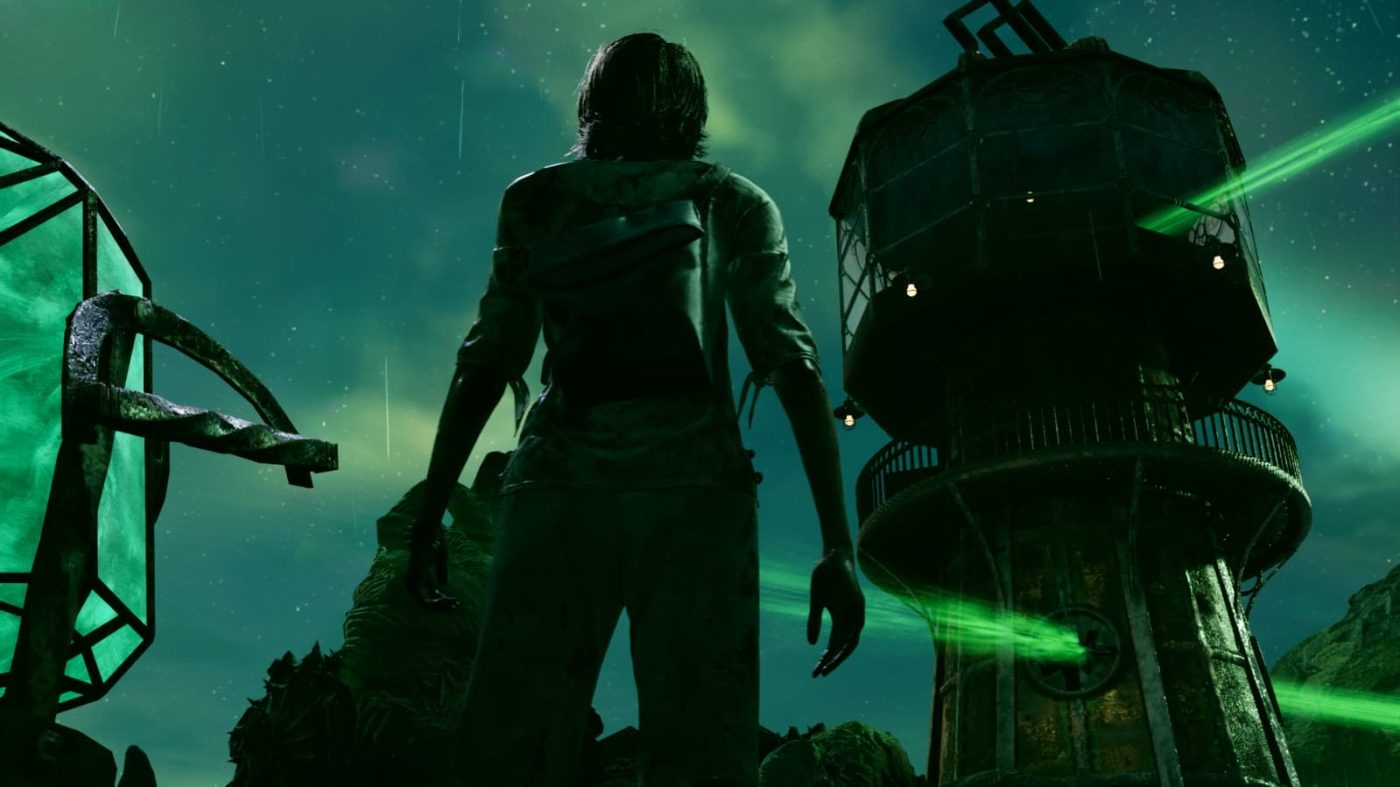
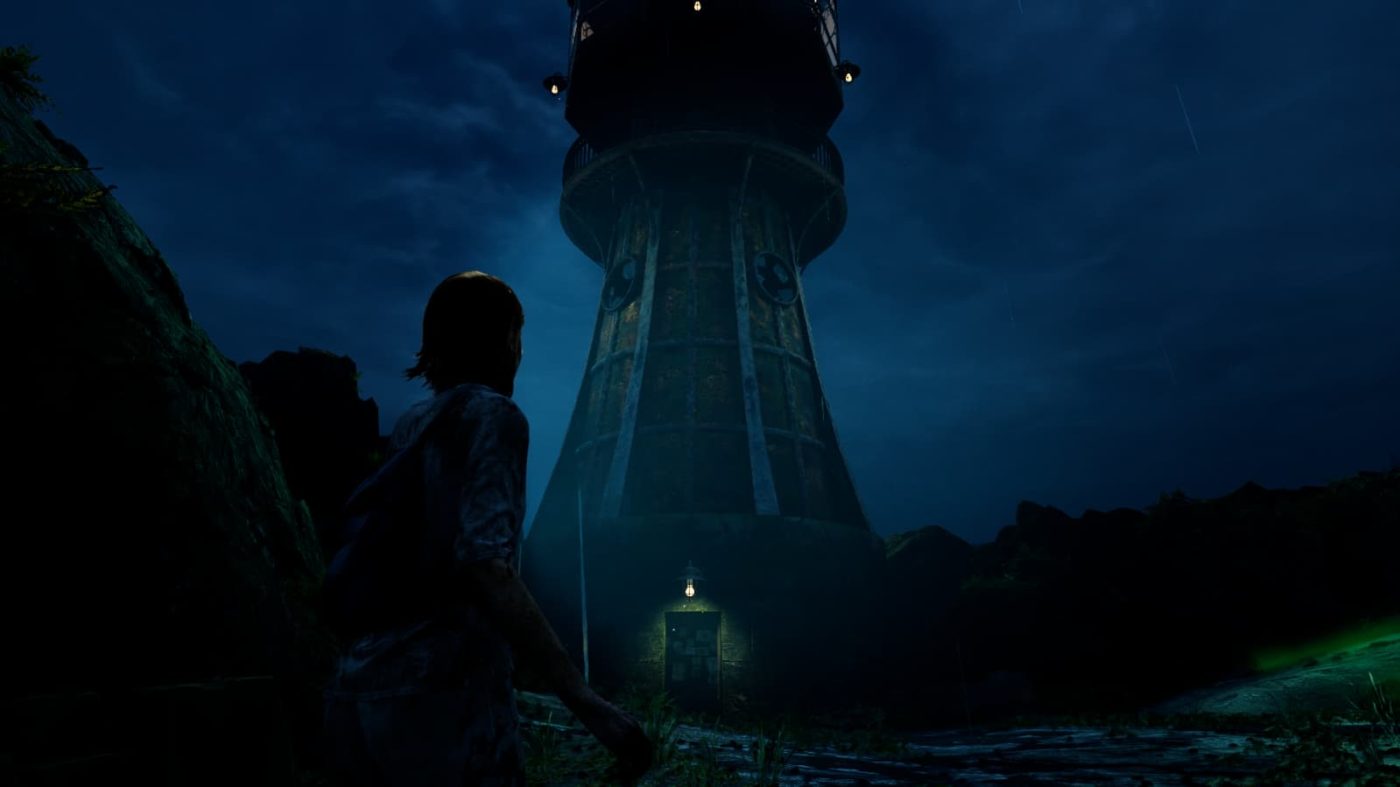
Generally Well-Received
The Chant has elicited varied reactions from both critics and players. While the main criticisms focus on technical execution and certain gameplay choices, the game receives consistent praise for its atmosphere, narrative, and world building.
One of the most celebrated aspects is its unique atmosphere, with acclaim for how the audio-visual experience consistently evokes a sense of tension, fear, and psychological disorientation without relying on traditional jump scares. The work on art direction, soundtrack, and sound design is widely considered a benchmark for modern psychological horror.
The distorted environments, combined with the coherence between narrative and visual elements, make the experience immersive and memorable. Particularly notable is the use of colors, lighting, and sound to signal the presence of the Gloom or manipulate spatial perception, skillfully merging aesthetics with gameplay.
From a narrative standpoint, the game tackles mature and complex themes such as faith, paranoia, trauma, and alienation. The influence of the Gloom on both the island and its inhabitants allows players to explore abstract concepts in a tangible, interactive way.
Some weaknesses emerge on the technical front: stiff animations, limited facial expressiveness, occasional glitches, and minor inaccuracies have been noted. While the visuals are solid, they are not exceptional; environments are detailed, but characters and creatures sometimes fall short of contemporary expectations.
Gameplay has garnered mixed feedback. The combat system, although functional, can feel simple or repetitive, not always delivering the intended challenge. Puzzles, while integrated into the narrative, may sometimes be too linear, with intuitive solutions that can disrupt exploration. Certain areas of the island feel fragmented, with blocked or poorly marked paths causing occasional confusion.
Dialogue execution is divisive. While voice acting conveys uncertainty and vulnerability, the audio quality of secondary lines and limited facial expressiveness sometimes diminish the emotional impact of interactions. Some critics have also highlighted narrative redundancy, with repeated concepts adding little variation and risking a heavier storytelling experience.
A universally praised strength is the integration of world building and gameplay. The island is not merely an explorable environment – it is an active entity reacting to the player’s actions. The management of spiritual powers, the presence of the Gloom, and the alternation between calm and tension make the game deeply immersive and engaging. From an innovation perspective, The Chant successfully pushes survival horror toward a more psychological approach.
Finally, the balance between tension and frustration is largely positive, though not flawless. Some sections with the Gloom can feel repetitive or overly punishing for players who fail to plan their use of resources and abilities carefully. Conversely, moments of apparent calm effectively build anticipatory anxiety, though the occasional lack of clear cues may lead to temporary disorientation.
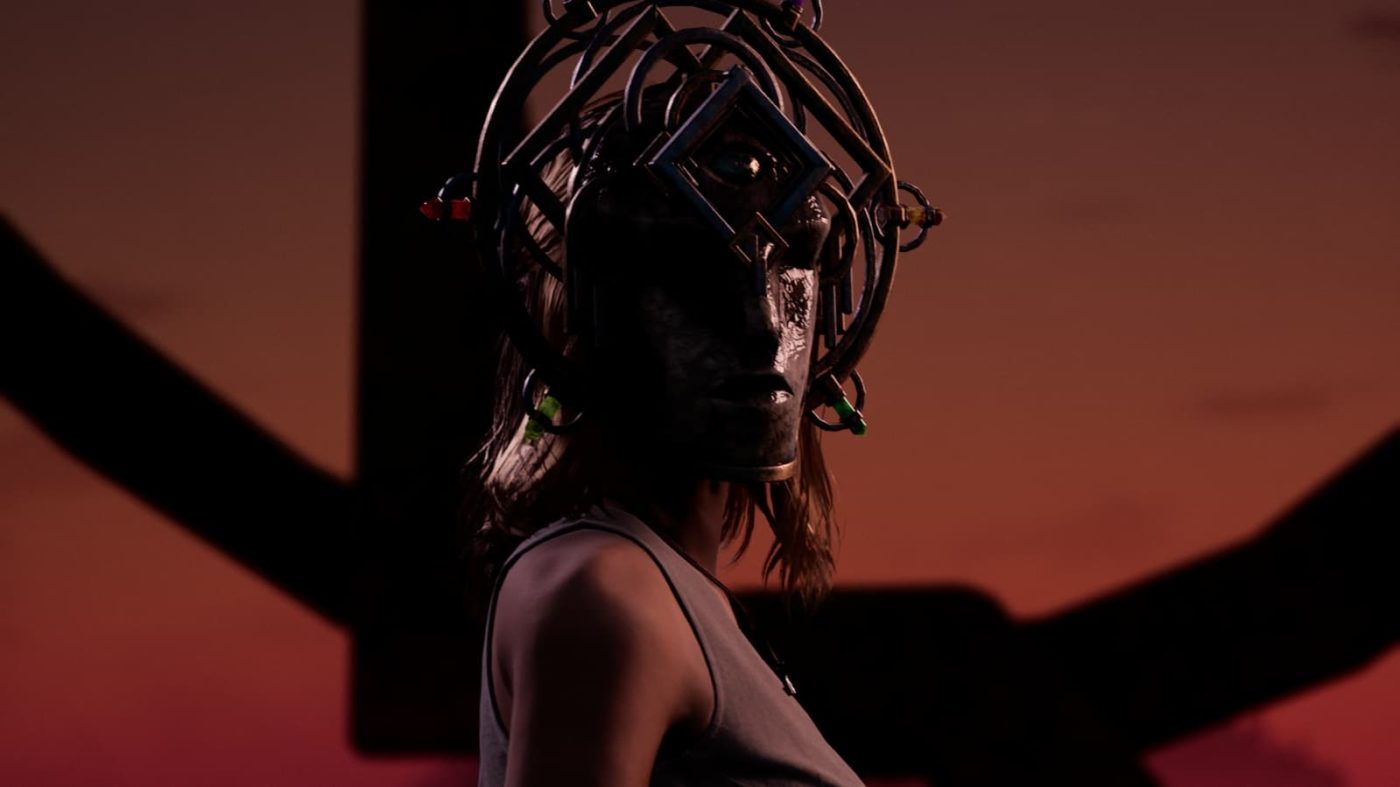
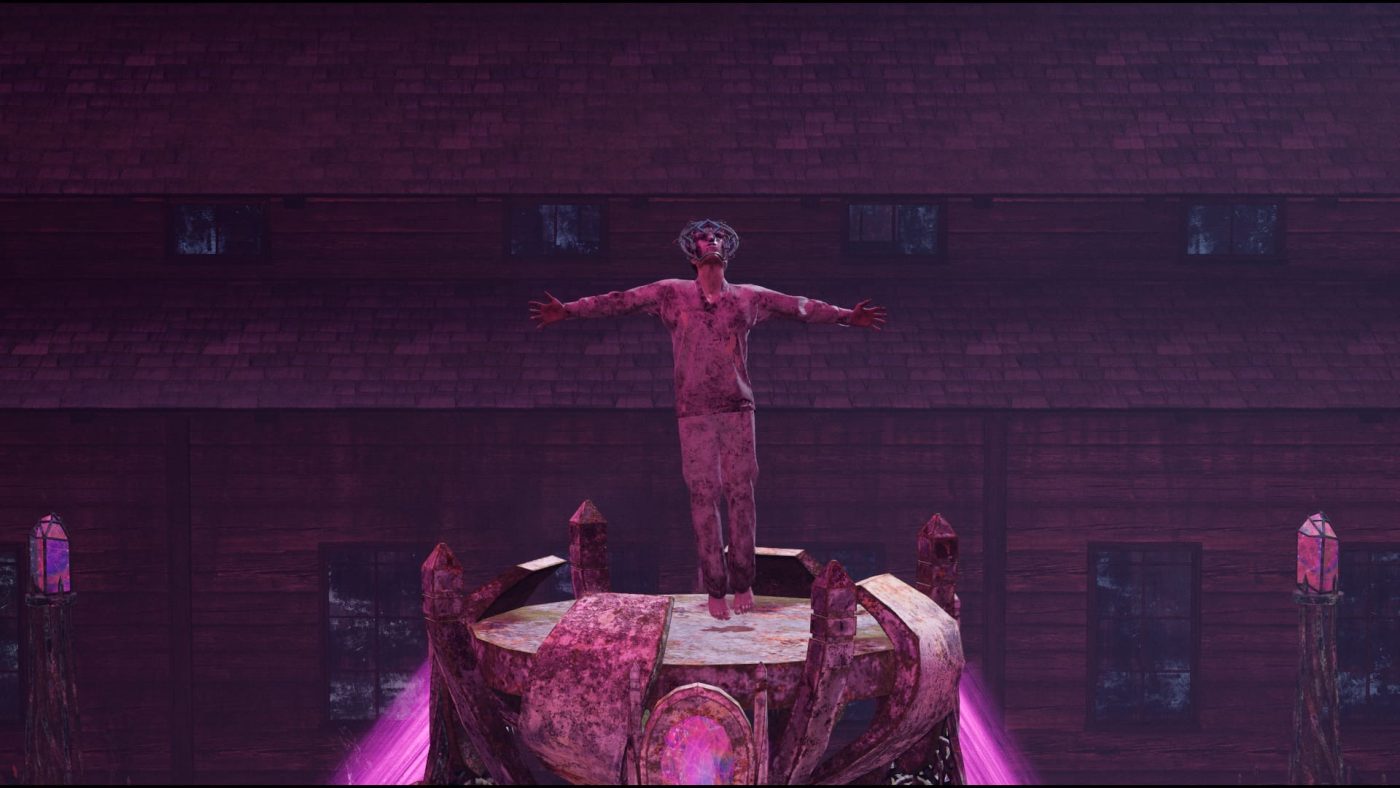
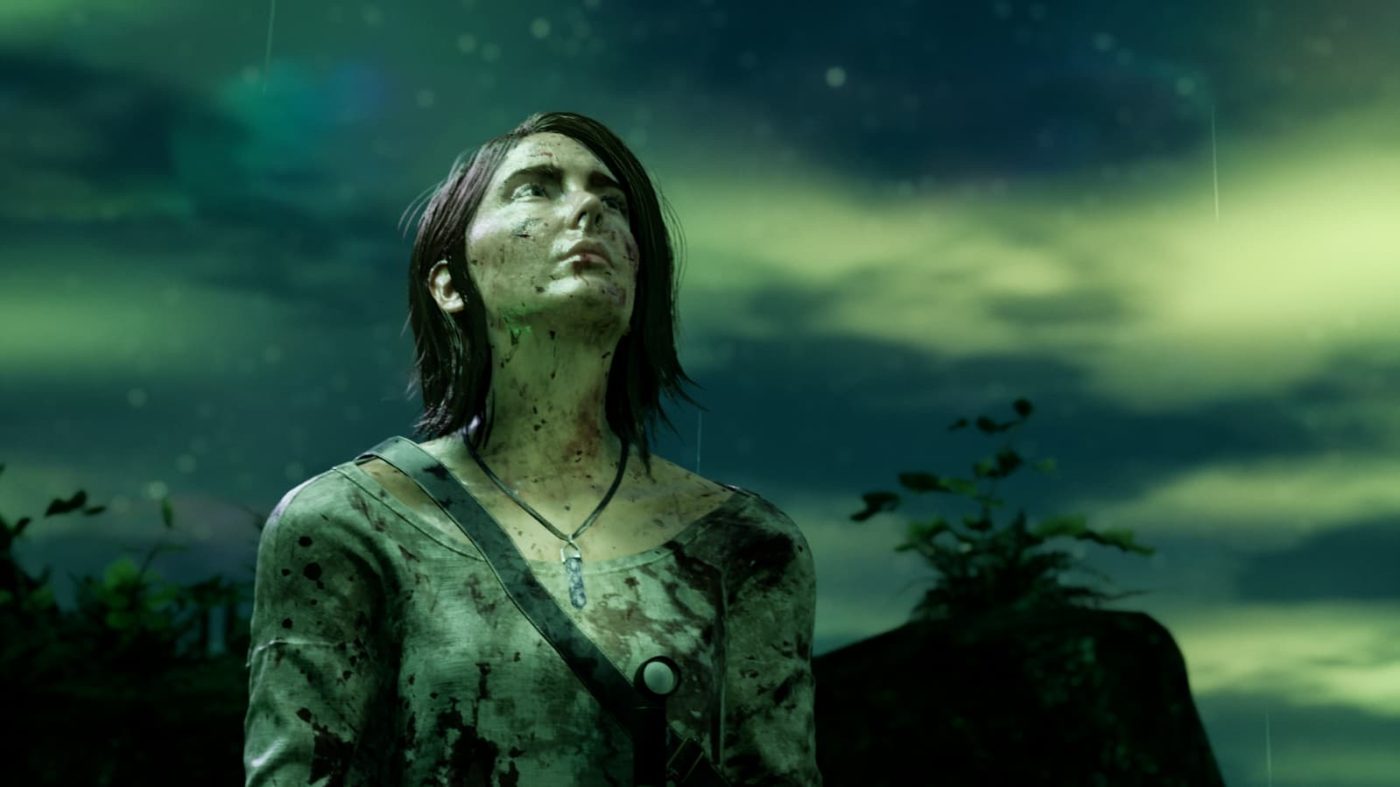
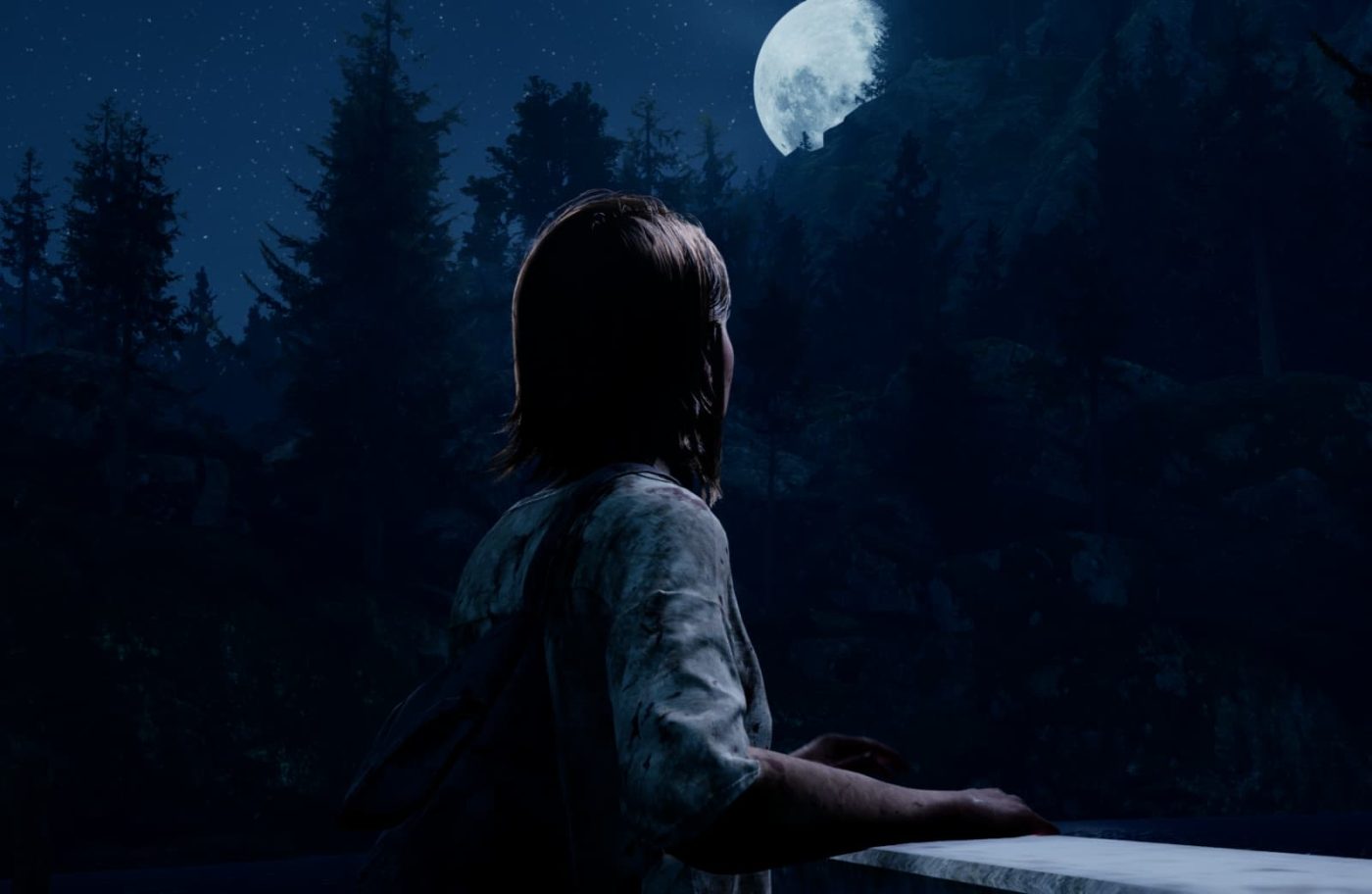
The Chant
PRO
- Intense and captivating atmosphere, masterfully blending art design, sound design, and world building to create a fully immersive experience.
- Dynamic and responsive world building: the island feels like a living organism, with paths, objects, and puzzles that adapt to the player’s actions, seamlessly integrated into the narrative.
- Psychologically rich narrative and mature themes. The game explores religion, paranoia, trauma, and altered perception, offering a layered story and multiple endings that genuinely reward player choices.
- Integrated gameplay mechanics: Jess’s abilities are more than gameplay tools – they are narrative extensions, requiring strategy and careful resource management, strengthening the link between story and mechanics.
- Exceptional sound design. Environmental sounds and well-timed silences build continuous suspense and tension, making the audio the standout pillar of the experience.
- High replayability, thanks to multiple paths and endings shaped by the player’s decisions.
CON
- Technical limitations, including stiff animations, limited facial expressions, minor glitches, and occasional collision issues, though these do not significantly impact the overall experience.
- Simplistic combat system, which may feel repetitive for some players.
- Occasionally linear puzzles, with intuitive solutions that can slightly disrupt exploration flow.
- Underdeveloped secondary characters and dialogue. While the protagonist’s voice acting is strong, minor characters and secondary lines sometimes fail to convey the story’s full emotional impact.

